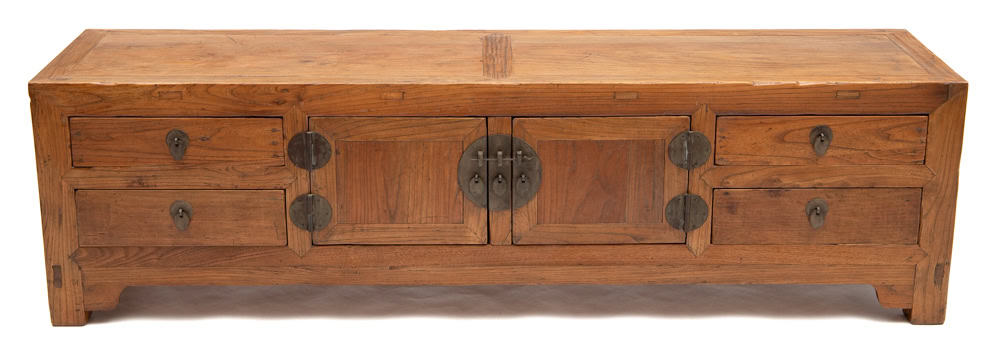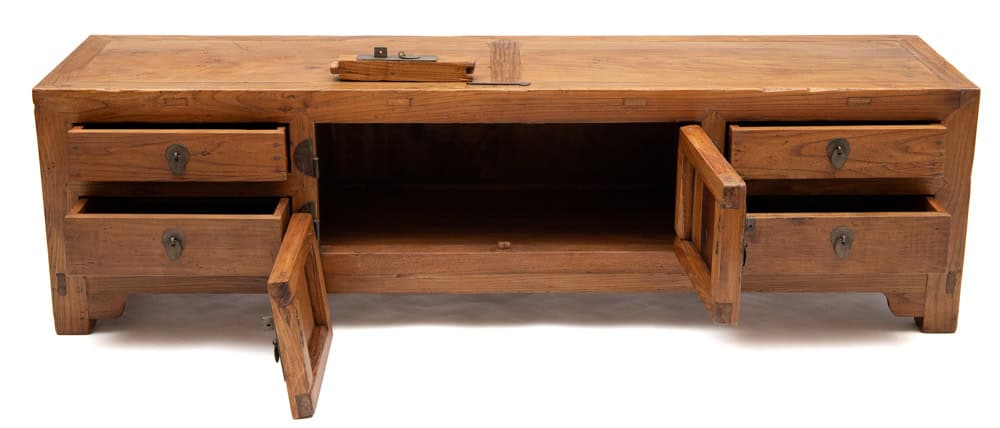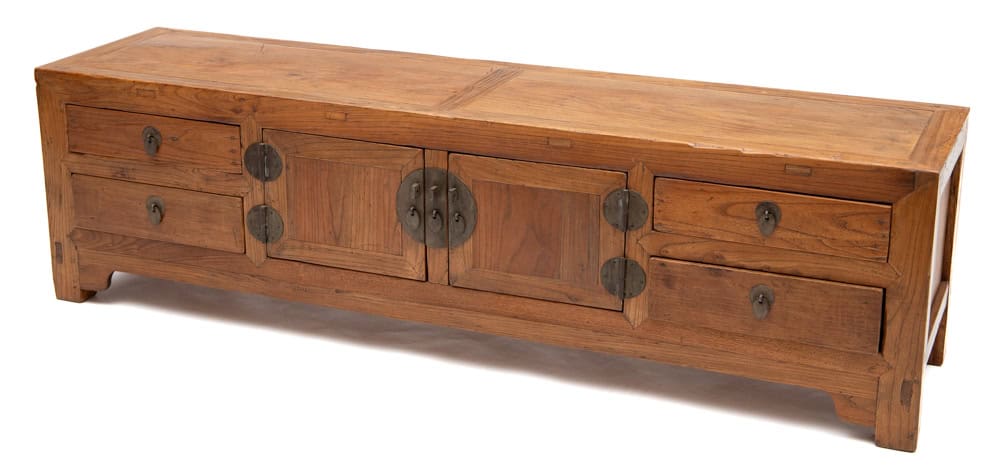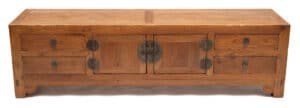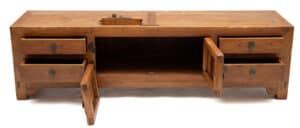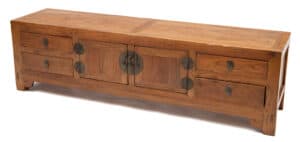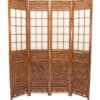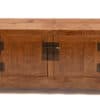Four drawer low cabinet
$4,250.00
Early 20th century
- elm wood
- 163cm W x 40cm D x 46cm H
Elegant and practical item. Perfect for flat screen TVs.
A shipping fee is calculated to deliver this item to the metropolitan areas of Brisbane, Sydney, Melbourne, Adelaide and Perth. Contact us to arrange a quote for delivery to other areas.
1 in stock
Make an EnquiryNote: Shipping of art is free in Australia

